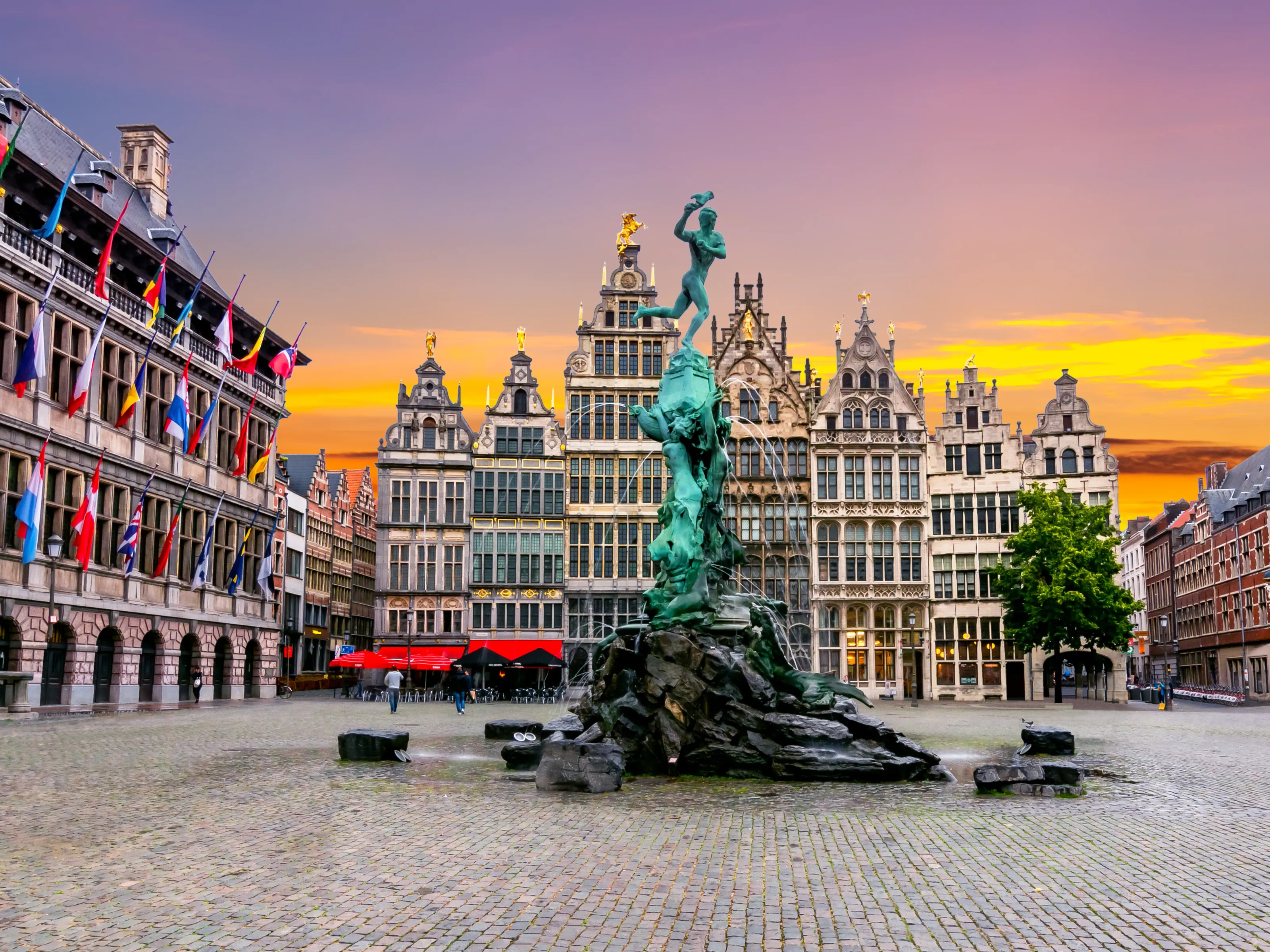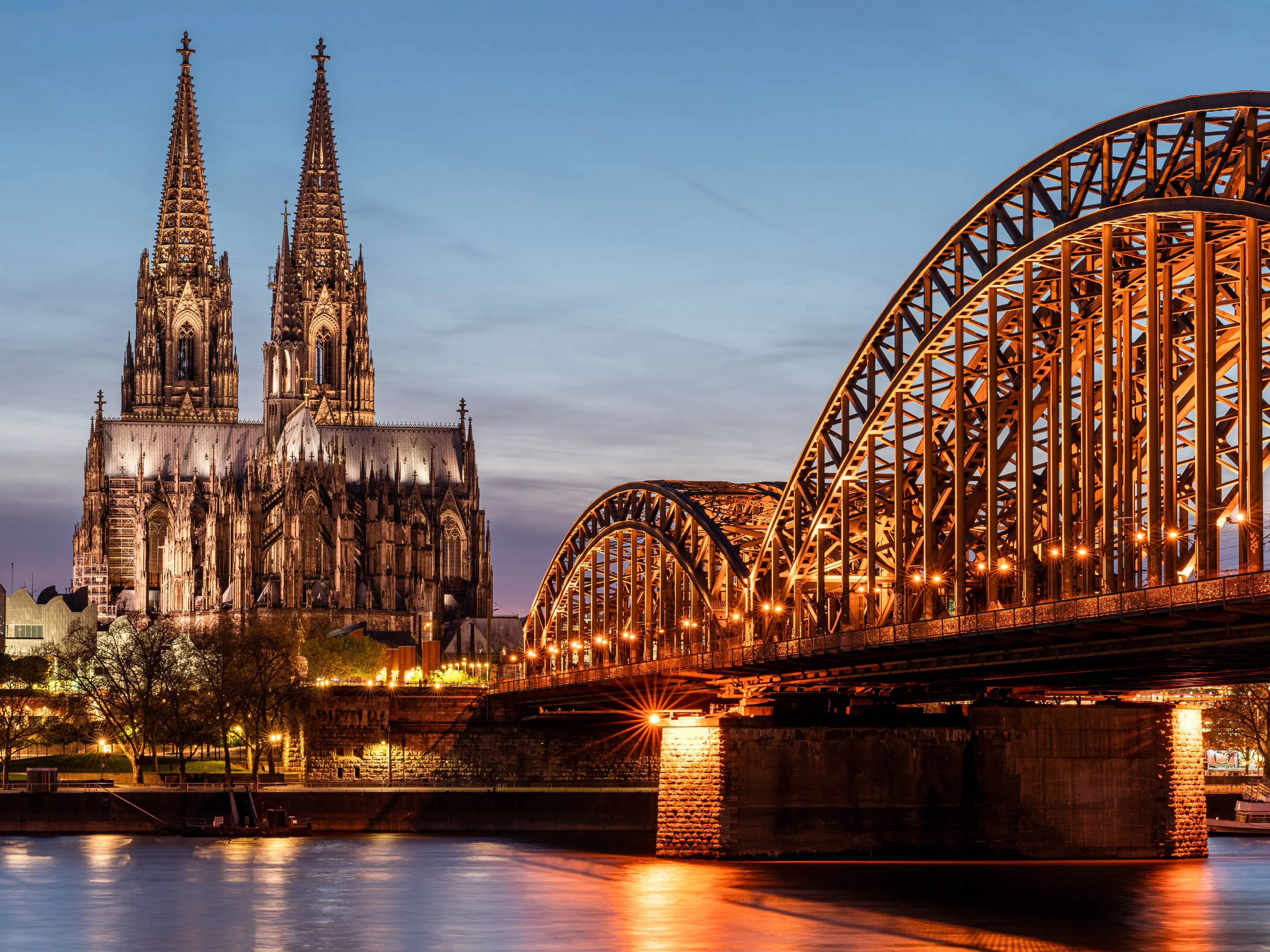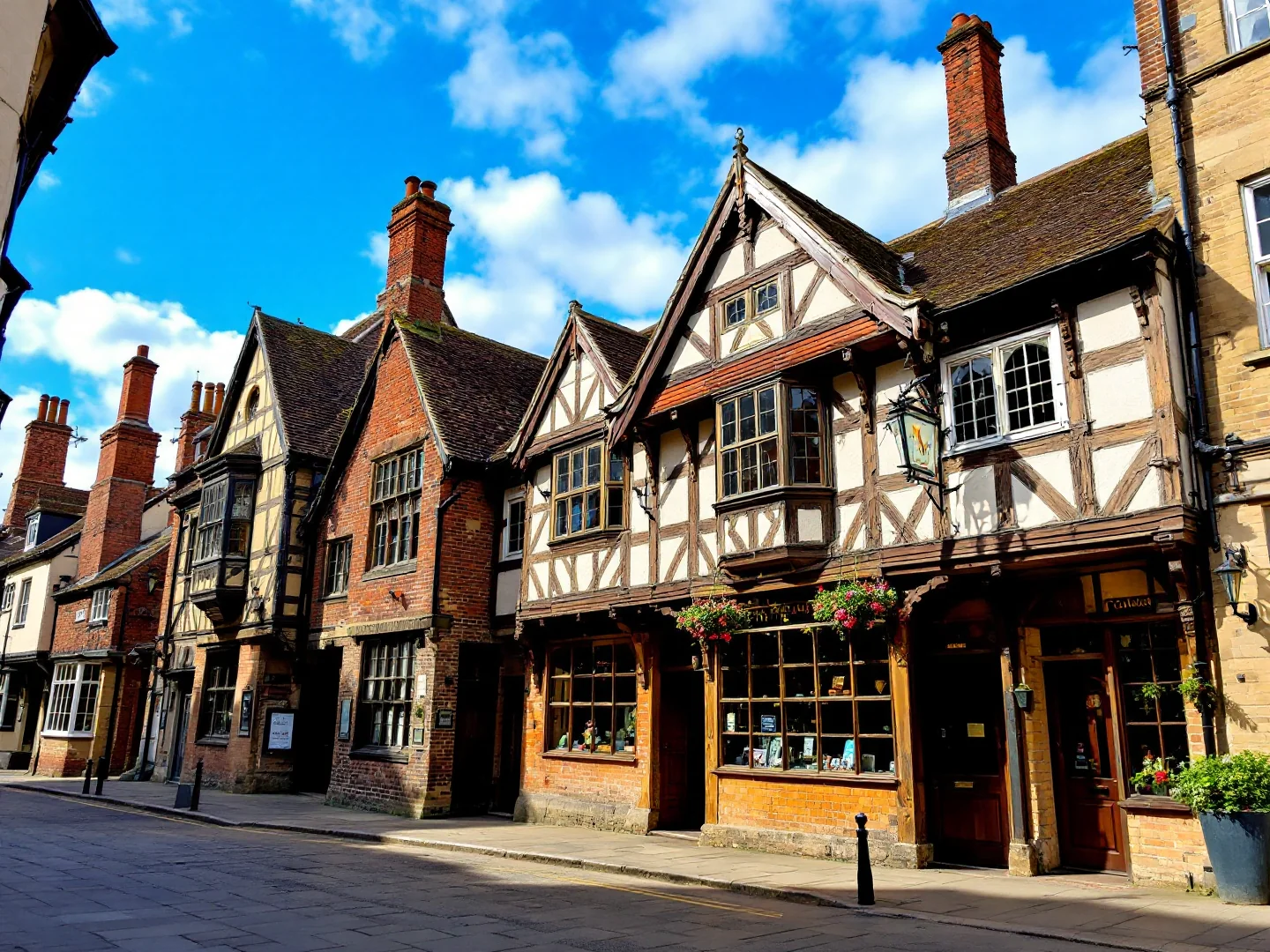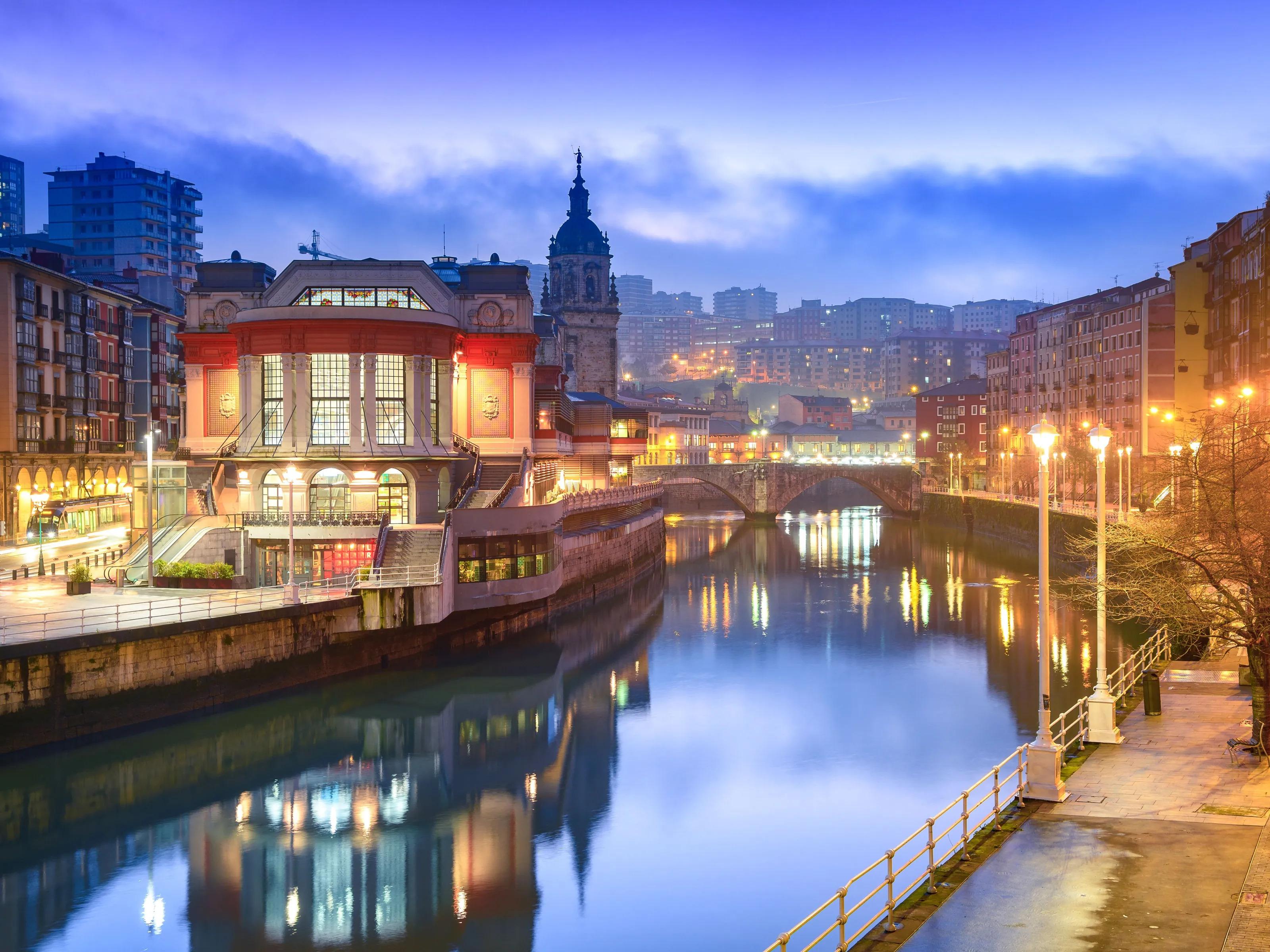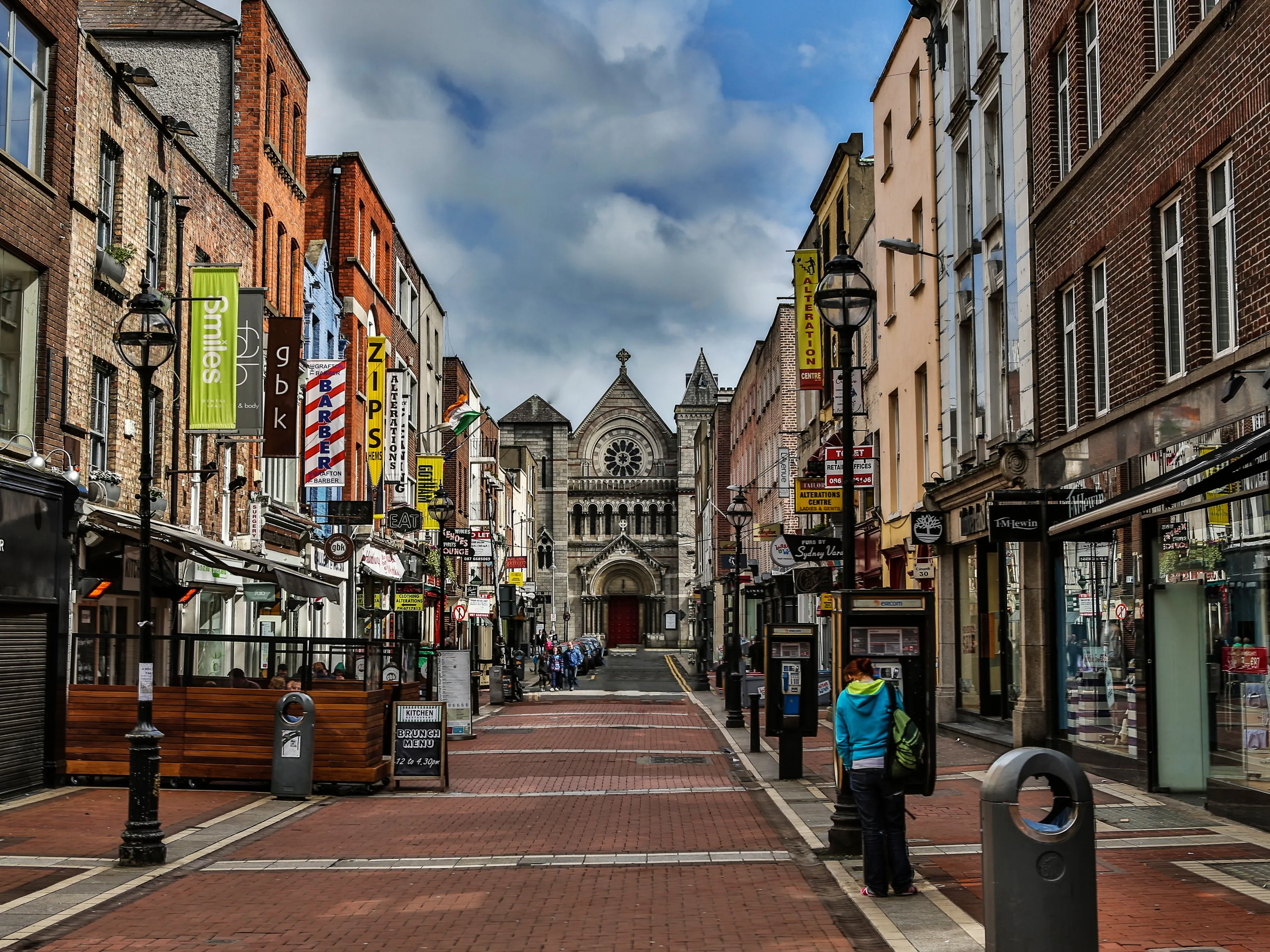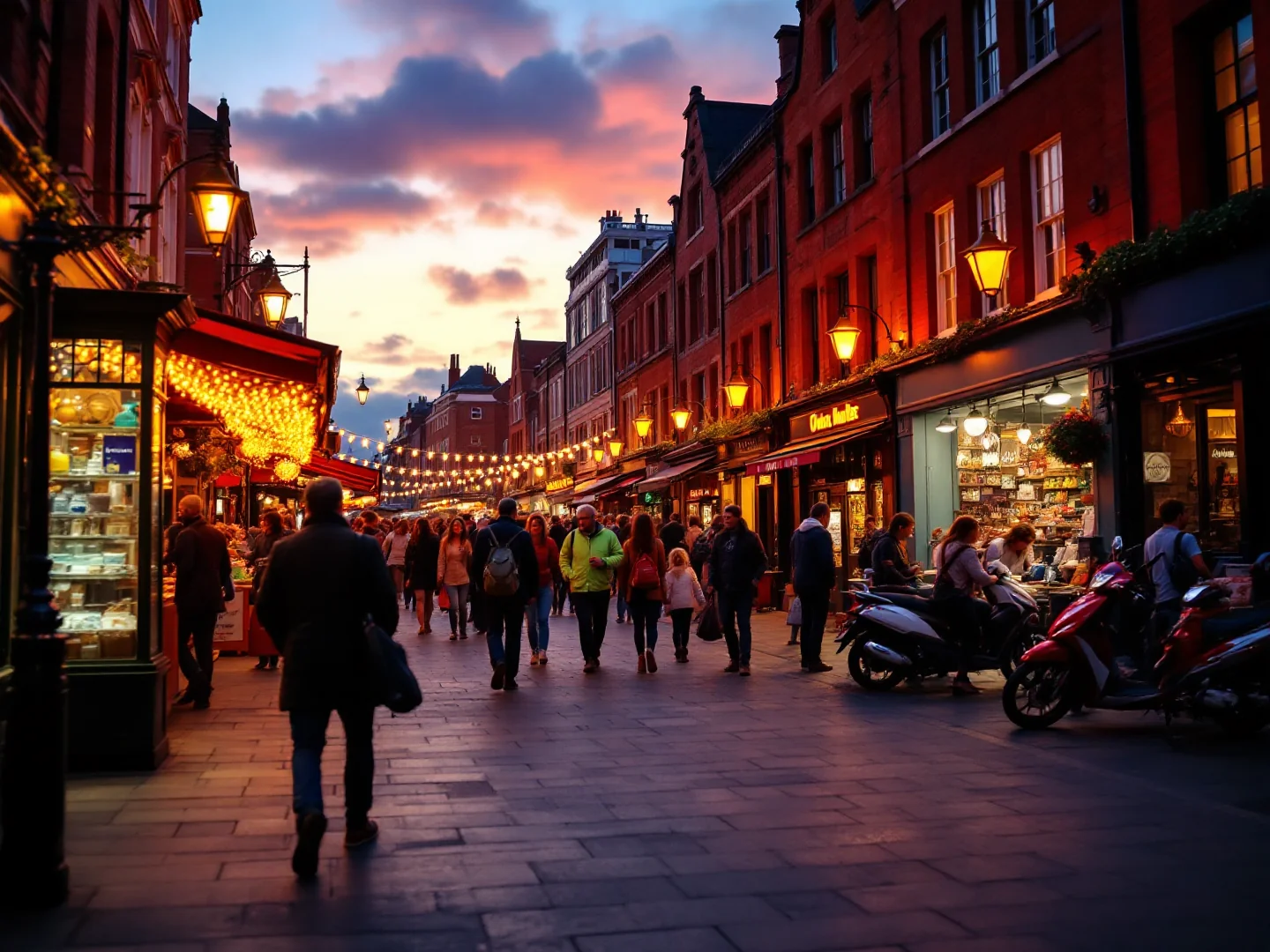Why Visit Brussels?
Brussels balances its role as Europe's political capital—home to EU institutions and NATO headquarters—with a delightfully quirky personality expressed through surrealist art, comic book murals, and a bronze statue of a peeing boy that somehow became a national symbol. The Grand Place ranks among the world's most beautiful squares, where gilded guild houses create a UNESCO-listed Baroque ensemble that hosts flower carpets in August and a magical Christmas market in December. Belgian specialties reign supreme: crispy twice-fried frites served in paper cones with 20+ sauce options, authentic Belgian waffles (nothing like tourist versions elsewhere), over 1,500 beer varieties from Trappist monks' creations to lambic's wild fermentation, and pralines from chocolatiers who invented the filled chocolate.
Art Nouveau architecture reaches its zenith in Victor Horta's whiplash-curved houses and the stunning Horta Museum preserving his home. The Atomium's futuristic spheres represent an iron crystal magnified 165 billion times, offering retro-modern views from this 1958 World's Fair remnant. Museums span from Magritte's surrealist paintings to the Royal Museums of Fine Arts' Flemish masters, while comic strip culture celebrates Tintin and the Smurfs on building-sized murals throughout Saint-Géry and Sablon.
The Manneken Pis wears over 1,000 costumes in his museum, while Delirium Café pours 2,000+ beers from a maze-like medieval cellar. With three official languages, efficient metro, walkable historic center, and day trips to Bruges and Ghent, Brussels delivers European sophistication with Belgian charm and world-class gastronomy.
What to Do
Historic Center
Grand Place
One of Europe's most beautiful squares, surrounded by ornate guildhalls with golden facades. Free to visit 24/7—best at night when floodlit (10pm). The Flower Carpet happens in August (every 2 years)—a massive begonia carpet covers the square. December brings a magical Christmas market with light shows.
Manneken Pis & Jeanneke Pis
Brussels' quirky symbol—a bronze fountain of a peeing boy (free, 24/7). He wears over 1,000 costumes kept in the nearby GardeRobe MannekenPis museum (paid entry for adults, free for under-18s and on first Sunday of the month). The statue is tiny (61cm), so expect crowds. His lesser-known sister Jeanneke Pis is in an alley off Rue des Bouchers—more hidden and cheeky.
Galeries Royales Saint-Hubert
Beautiful 19th-century glass-roofed shopping arcade with chocolate shops, cafés, and boutiques. Free to walk through. Neuhaus here invented the praline in 1912—try their original location. The architecture alone is worth seeing—opened in 1847 as Europe's first covered shopping gallery.
Museums & Architecture
Atomium
Futuristic structure representing an iron crystal magnified 165 billion times, built for the 1958 World's Fair. Entry $17 adult (cheaper online). Open 10am–6pm daily. The spheres house exhibits and a restaurant—the top sphere has panoramic views. Go late afternoon for sunset. Takes 1–1.5 hours. Located outside center (Metro line 6 to Heysel).
Magritte Museum
World's largest collection of surrealist René Magritte's works—over 200 pieces. Entry $11–$13 (part of Royal Museums complex). Open Tue–Fri 10am–5pm, weekends 11am–6pm. Avoid Monday (closed). Allow 1.5–2 hours. The bowler hats, pipes, and 'Ceci n'est pas une pipe' are iconic Belgian surrealism.
Horta Museum & Art Nouveau
Victor Horta's beautifully preserved Art Nouveau townhouse showcasing his trademark whiplash curves and stained glass. Entry $11 open Tue–Sun (closed Mon). Small and intimate—takes about 1 hour. Brussels has the world's finest Art Nouveau architecture—walk the Art Nouveau route through Ixelles to see more facades.
Food & Belgian Culture
Delirium Café & Belgian Beer
Famous bar with over 2,000 beers in a maze of medieval cellars off Impasse de la Fidélité. Beers $4–$9 Open daily afternoon–late. Touristy but authentic. Try Trappist ales (Chimay, Orval) or lambic beers. For quieter craft beer, visit Moeder Lambic in Saint-Gilles or Cantillon Brewery (tours $9 weekdays only).
Chocolate Shops & Tasting
Belgium invented the filled chocolate (praline). Skip tourist traps—go to Pierre Marcolini (Sablon), Wittamer, or Mary for top quality. Expect $3–$5 per piece, $32–$65 per box. Neuhaus in Galeries Saint-Hubert is the original. Don't buy from Grand Place shops—overpriced and lower quality.
Frites & Waffles
Belgian fries are twice-fried for crunch—get them from Fritland or Maison Antoine with mayo or samurai sauce. $3–$5 for a large cone. For waffles, there are two types: Brussels (light, rectangular) and Liège (dense, caramelized). Avoid tourist traps—locals eat plain or with sugar, not mountains of toppings.
Gallery
Travel Information
Getting There
- Airports: BRU
Best Time to Visit
May, June, July, August, September
Climate: Cool
Weather by Month
| Month | High | Low | Rainy days | Condition |
|---|---|---|---|---|
| January | 8°C | 3°C | 9 | Good |
| February | 10°C | 4°C | 19 | Wet |
| March | 11°C | 3°C | 11 | Good |
| April | 18°C | 6°C | 4 | Good |
| May | 19°C | 8°C | 4 | Excellent (best) |
| June | 22°C | 13°C | 11 | Excellent (best) |
| July | 22°C | 13°C | 12 | Excellent (best) |
| August | 26°C | 16°C | 12 | Excellent (best) |
| September | 21°C | 12°C | 9 | Excellent (best) |
| October | 14°C | 9°C | 19 | Wet |
| November | 12°C | 6°C | 9 | Good |
| December | 8°C | 3°C | 13 | Wet |
Weather data: Open-Meteo Archive (2020-2024) • Open-Meteo.com (CC BY 4.0) • Historical avg. 2020–2024
Budget
Excludes flights
Visa Requirements
Schengen Area
💡 🌍 Traveler Tip (November 2025): Best time to visit: May, June, July, August, September.
Practical Information
Getting There
Brussels Airport (BRU) is 12km northeast. Train to Brussels-Central costs $10 20 min. Buses $6 Taxis $49–$54 Charleroi Airport (CRL) serves budget airlines—shuttle buses to city $19 60 min. Brussels is Europe's rail crossroads—Eurostar from London (2h), high-speed to Paris (1h25min), Amsterdam (2h), Cologne (2h).
Getting Around
Brussels Metro, trams, and buses use MOBIB card or JUMP app. Single rides about $2–$3; contactless daily cap ~$9; 1-day tickets ~$10 The historic center is walkable—Grand Place to Sablon is 15 minutes. Taxis metered. Uber available. Cycling infrastructure improving but incomplete. Avoid rental cars—parking is expensive.
Money & Payments
Euro (EUR). Cards accepted widely. ATMs plentiful. Exchange $1 ≈ $$1. Tipping: service included but round up or leave 5-10% for great service.
Language
French and Dutch (Flemish) are official. Brussels is primarily French-speaking in center, Dutch in suburbs. English widely spoken in hotels, restaurants, and by younger generations. Learn 'Merci' or 'Dank je' (thanks). Menus typically trilingual (FR/NL/EN).
Cultural Tips
Beer culture: order specific styles (Trappist, lambic, Belgian blond). Ask servers for recommendations. Waffles: Liège (sweet, dense) or Brussels (light, crispy). Chocolate: buy from chocolatiers, not tourist shops. Lunch 12-2pm, dinner 6:30-10pm. Many shops close Sundays and Mondays. Book restaurants ahead on weekends. Frites with mayonnaise is traditional. Museums often close Mondays.
Perfect 3-Day Brussels Itinerary
Day 1: Grand Place & Center
Day 2: Art Nouveau & Chocolate
Day 3: Bruges Day Trip or Atomium
Where to Stay in Brussels
Îlot Sacré (around Grand Place)
Best for: Historic center, Grand Place, tourist hub, restaurants, central hotels
Sablon
Best for: Antiques, chocolate shops, upscale dining, elegant atmosphere
Saint-Géry/Sainte-Catherine
Best for: Nightlife, trendy bars, seafood restaurants, younger crowd
Ixelles
Best for: Multicultural dining, Art Nouveau, residential, EU quarter nearby
Frequently Asked Questions
Do I need a visa to visit Brussels?
What is the best time to visit Brussels?
How much does a trip to Brussels cost per day?
Is Brussels safe for tourists?
What are the must-see attractions in Brussels?
Popular Activities
Top-rated tours and experiences in Brussels
Ready to Visit Brussels?
Book your flights, accommodation, and activities

